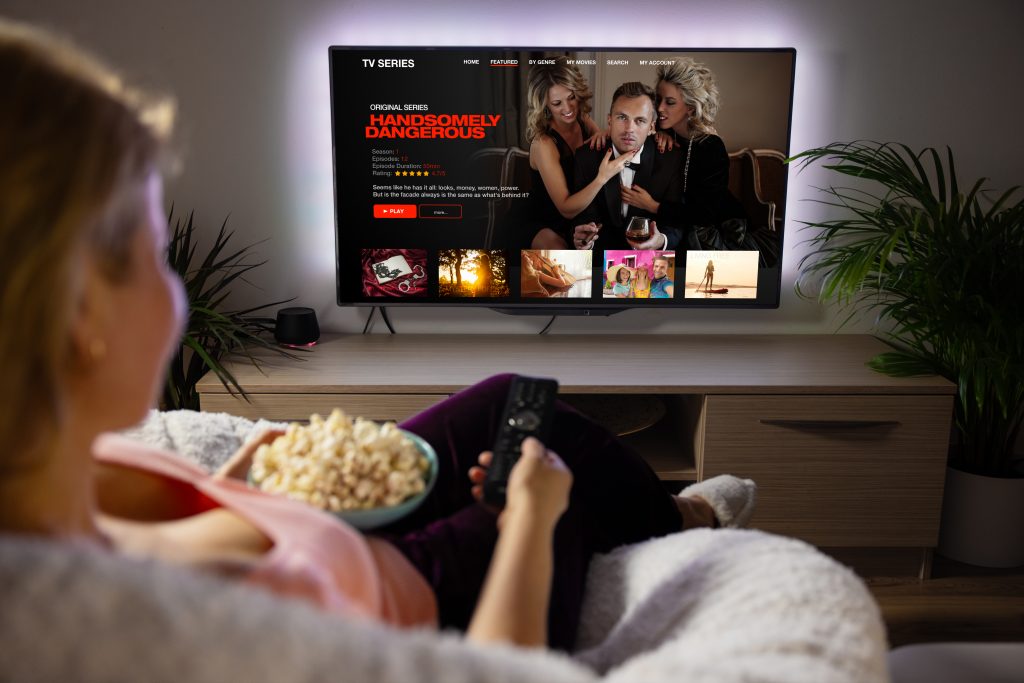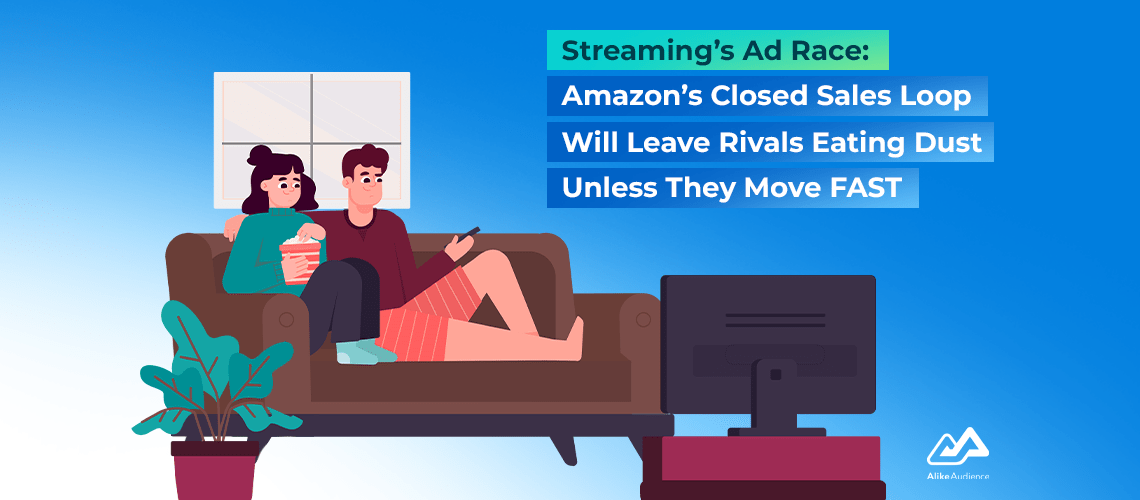Like Netflix and Disney+, Amazon is piling into ads. It could quickly overtake them as it bundles ecommerce streaming, retail media and loyalty in one.
A year into launching an ad tier, Netflix is struggling to move the needle. Chief Financial Officer Spence Neumann said last month that the advertising dollars it’s securing via lower priced tier “so far is not material to the overall revenue of the business”.
The problem is scale. Netflix has around 10 million subscribers on its ad tier. In total, it has close to 240 million subscribers. That means Netflix’s ad tier is reaching less than 5 percent of its audience.
Disney+’s ad tier faces similar scale challenges. While initially outpacing Netflix in terms of ad tier sign-ups – and backed by analyst to drive at least $500m in ad revenues in year one – research firm Kantar predicts around one in four of its subscribers will opt for the ad package. If that transpires, with Disney+ launching ads globally next month, it would equate to circa 40 million subscribers across its ad tier globally.
Toe dippers

Disney+ and Netflix have taken a similar approach to growing their nascent ad businesses. Essentially, start softly: give customers the option to choose a cheaper package with some ads, but leave them on their current ad-free packages by default. ‘Build it and they will come’ appears to be the logic.
But given the audience numbers required to make advertisers open up their wallets, both arguably need to start promoting their ad-supported services much more actively. This is perhaps one second-mover lesson that Disney+ can take from Netflix’s sluggish start.
Given Netflix pioneered ad-free streaming, it’s perhaps no shock that the vast majority of its customers aren’t opting for ads. Unless the price differential between ads and ad-free services increases, it may struggle to improve that run rate.
That puts Netflix between a rock and a hard place: hike prices too high, and audiences have greater incentive to head over to rivals. Grow too slowly and faster-paced rivals will lock in ad dollars.
Prime mover
Amazon’s not starting softly. All of its Prime customers – north of 200 million – will automatically be rolled onto its ad tier. If they want to opt out, they have to pay more. That means instant scale.
The firm is telling advertisers that it expects Prime ads to reach circa 115m monthly users in the US alone. If estimates of a 159 million total US Prime user-base are accurate, that suggests Amazon is betting that 72 percent of Prime subscribers will choose ads.
If Amazon’s forecasts prove correct, streaming ads could significantly bolster its already chunky advertising business, set to top $40 billion this calendar year by some margin. And Amazon needs to shore-up that revenue line – without its ad business, the company would be making a significant loss.
The vast majority of Amazon’s ad revenue comes from its retail media business, with advertisers paying both for sponsored listings on Amazon.com and to use its shopper data for targeting around the vast Amazon ad network.
Putting ads in Prime means the business can now go after brand, or upper funnel, marketing dollars rather than the lower funnel performance and trade media budgets that have powered its growth to date.
Which means Amazon can join the dots from brand to demand, effectively creating a one-stop shop for advertisers – from awareness and brand building through search to hard sales – with the data to prove whether customers that saw an ad ultimately bought the product across multiple categories and verticals.
Putting ads in Prime could ultimately help to solve the main chink in Amazon’s armor: discovery. In the US, product discovery is “an unsolved problem,” Connie Chan, known as ‘The China Whisperer’, at tech VC Andreessen Horowitz, told the FT last year.
“Anytime I want to buy something, I go to Amazon, to that search bar,” said Chan. “But I am not browsing Amazon. I’m not looking at their product recommendations.”
Either way, linking actual customer shopping habits through to streaming ads enables the kind of intent-based targeting capability and attribution that Netflix and Disney+ simply cannot provide.
Programmatic push

How quickly Amazon will do that programmatically remains to be seen. Netflix has not yet taken that route, in a bid to maintain control over quality and is now building out a significant team sales team. Many are ex-Hulu execs with individuals assigned to each of the major ad holding companies – which suggests it may move away from the sales relationship it cemented with Microsoft and Xandr to launch the ad tier.
Ultimately, at scale, automation will be required for all players.
FAST buck
Some industry observers suggest Netflix may be better off launching a free service.
Free ad supported TV (FAST) models are booming in the US with markets like Australia also now ramping up volumes.
FAST channels are basically linear streaming packaging curated content, often around specific topics and themes, or even individual shows.
TV networks like the model because it means they can squeeze more ad juice out of their older shows, or create spin-offs for tent pole series that are maxed out on sponsors across their main linear and broadcast video-on-demand (BVDO) platforms.
Advertisers like them because they provide relatively low cost options to target audiences around specific themes – kitchenware, white goods and grocery ads for cooking themed FAST channels, for example.
While eyeball volumes for each channel may be relatively small, audiences are logged-in, enabling addressability, and buys can be aggregated across numerous channels to build reach on top of BVOD or traditional TV.
Netflix co-CEO Greg Peters is said to be a fan of the FAST model. Plus, Netflix now has a significant catalog of aging content that could be hived off into free channels and remonetised. Those FAST channels could also serve as an acquisition vehicle to promote paid subscriptions, both ad-funded and ad-free.
Plus, curated streaming could solve users’ biggest frustration: the hours spent trying to find something to watch.
Easy money
The main TV networks are already piling in. In the US there are more than 1,600 FAST channels. In 2020 there were around five hundred.
Gavin Bridge, Senior Media Analyst at Variety’s VIP intelligence platform, told the Future of TV Advertising conference in Sydney earlier this year that FAST channels in the US could deliver $10bn in ad revenues by 2027. That’s not going to replace the $60bn in annual ad spend that has migrated to other channels since 2016 – but it’s a start.
Amazon’s full-bore market entrance may now expedite Netflix’s decision-making: FAST, suggested Bridge, is “just a good way to make money”.


